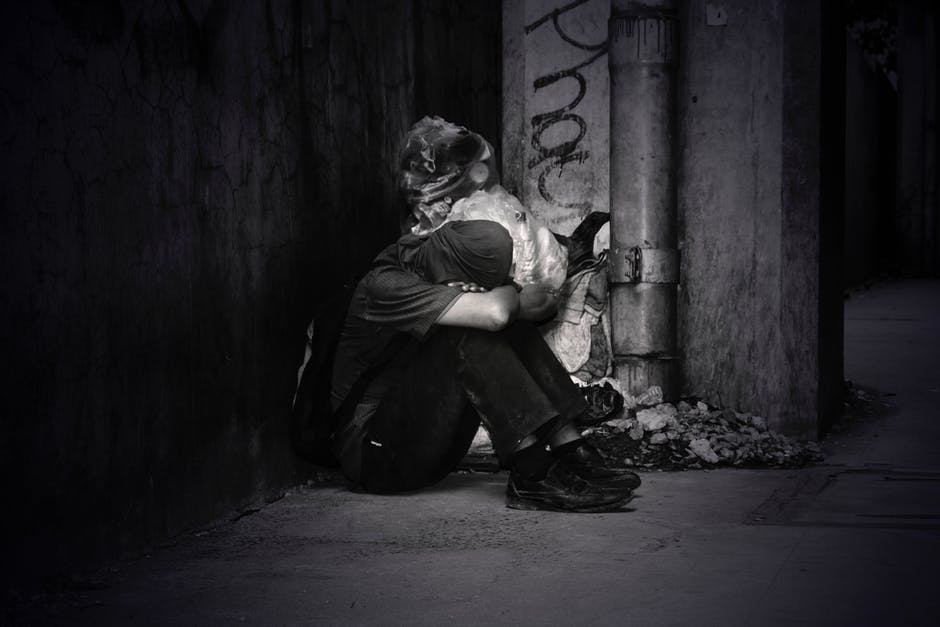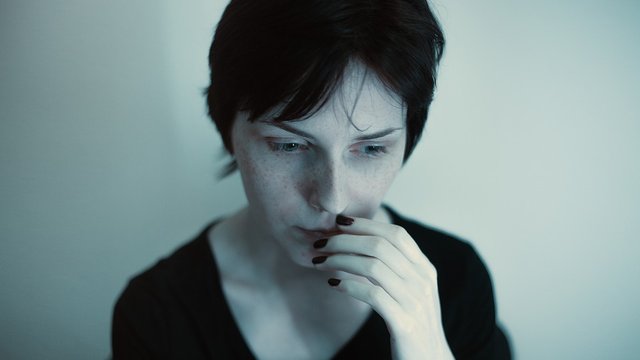Everything You Need To Know About Panic Disorder And Agoraphobia.

Image Source: Pexels CC0
Welcome to a new edition of my blog post before we continue I want you guys to ponder over this…… would you expect that a chimpanzee could suffer from something like GAD? What about a day? A rat? An earthworm? What is the logic behind your speculation? Doing the course as we go on we will know about the defining characteristic. The common psychiatric disorders in people, A GAD diagnosis and key component of Borkovec’s hypothesis and the treatment available for GAD.
PANIC DISORDER AND AGORAPHOBIA
Panic disorder is identified by periodic, unforeseen attacks of enormous fear; combine with anxiety of having further attacks.
Symptoms of Panic Attack
- Quivering , beating heart
- Gloring
- Palpitate or vibrate
- Awareness of shortness of breath
- Feeling of choking or Nausea
- Dizzy
- Feeling of unreality
An individual must encounter at least four of these symptoms for the episode to qualify as a panic attack, most panic attacks easily meet this criterion. Most panic attacks occur during the day, but a small number happens during the night and one might expect that these nocturnal panic attacks would be triggered by dreams, but it is not. Nocturnal panic attacks happens during deep sleep; they almost never happens during a REM sleep. Because most deep sleep happens prior in the sleep cycle, most nocturnal panic attacks happens, first three hours after a person goes to bed. In contrast, most REM sleep happens the following sleep cycle. So most nightmares are experienced in the hours just before the person’s normal awakening.
Evolutionary Impact A panic attack is the body’s alarm response-which it prepares the organism to deal with acute danger. The
Panic disorder: A disorder characterized by recurrent, unforeseen attacks of enormous fear, coupled with anxiety about having more such attacks.
Panic attack: An unexpected attack of overwhelming fear.
Nocturnal panic attack: A panic attack that occurs during sleep.

Image Source: Maxpixel CC0
Agoraphobia: The shunning of certain situations because of having panic attacks. Term fight or flight syndrome is often used to describe panic attacks, although a better term would be flight or fight syndrome, because the first instinct is to flee. A panic attack is essentially a fear response, the same kind of response that would occur if one were in death situation. It mobilizes the body for rapid flight to escape a life-threatening situation; the organism is literally preparing to run for its life. The muscles tense, creating hard feeling in the chest and neck that may be experiences as difficulty in breathing or as a choking sensation.
The strain muscle may also create a shaky feeling. However, this muscle tension has survival value. It decreases the reaction time and provides the organism, whether an animal or a human being, with a much faster first couple of steps in flight, which could be the difference between escaping and falling victim to a predator.
The heart starts to thump swift, harder in expectation of the strong demand the muscles will make or oxygen if a structure has to flee. The palms and face begin to sweat, turning parts of the body into the functional equivalent of an auto-mobile radiator, prepared to dissipate the heat generated by muscle activity.

Image Source: Pixabay CC0
All of this activity would clearly increase the chances of survival in a life or death situation, which is probably why virtually every vertebrate has the response, But when all of this activity occurs for no obvious reason, it can feel as though one is either going crazy sensations often reported by individuals who had panic attacks It is common for an individual with panic disorder to go an emergency room at least once, induce there was heart attack what they are actually experiencing is panic. Denis, whom we met in one of the cases that opened the chapter, visited the emergency room twice when her panic attacks were so severe that she thought she was dying.
[Original Content by Saho - 2018]
Topic to be continued....
Thank you for reading.
Reference List:
- Dimensional structure of bodily panic attack symptoms and their specific connections to paniccognitions, anxiety sensitivity and claustrophobic fears.
- Healthline.com/health/panic-disorder#symptoms
- Medlineplus.gov/panicdisorder
- Nimh.nih.gov/health/publications/panic-disorder-when-fear-overwhelms
- Mayoclinic.org/diseases-conditions/agoraphobia/symptoms-causes
- Webmd.com/anxiety-panic/agoraphobia#1
- Adaa.org/understanding-anxiety/panic-disorder#
Further Reading:
- Barlow, D.H., Brown, T.A., Craske, M. Definitions of panic attacks and panic disorder in the DSM-IV: implications for research. J. Abnorm. Psychology. 1994;103:553–564.
- Fleming, B., Faulk, A. Discriminating factors in panic disorder with and without agoraphobia. J. Anxiety Disord. 1989;3:209–219.
- McClure-Tone EB, Pine DS (2009). Clinical features of the anxiety disorders. In BJ Sadock et al., eds., Kaplan and Sadock's Comprehensive Textbook of Psychiatry, 9th ed., vol. 1, pp. 1844-1856. Philadelphia: Lippincott Williams and Wilkins.
- Vannice GK (2012). Medical nutrition therapy for psychiatric conditions. In LK Mahan et al., eds., Krause's Food and the Nutrition Care Process, 13th ed., pp. 956-969. St Louis: Saunders.
- Schmidt, NB, Lerew, DR, Jackson, RJ. Prospective evaluation of anxiety sensitivity in the pathogenesis of panic: replication and extension. J Abnorm Psychol. 1999;108:532–537
- Wittchen, H.U., Essau, C.A. The epidemiology of panic attacks, panic disorder and agoraphobia. in: J.R. Walker, R. Norton, C.A. Ross (Eds.) Panic Disorder and Agoraphobia. A Guide for the Practitioner. Brooks/Cole, Pacific Grove; 1991:103–149.
Being A SteemStem Member